Team Orientation - Definition, Examples, Culture
What is team orientation? Creating a healthy corporate culture gives employees a sense of belonging and motivates them to succeed. Additionally, a team-oriented structure encourages cooperation, which boosts production and morale.
If you're interested in fostering a team-oriented culture at your company, you might want to learn more about the components of a team-oriented culture.
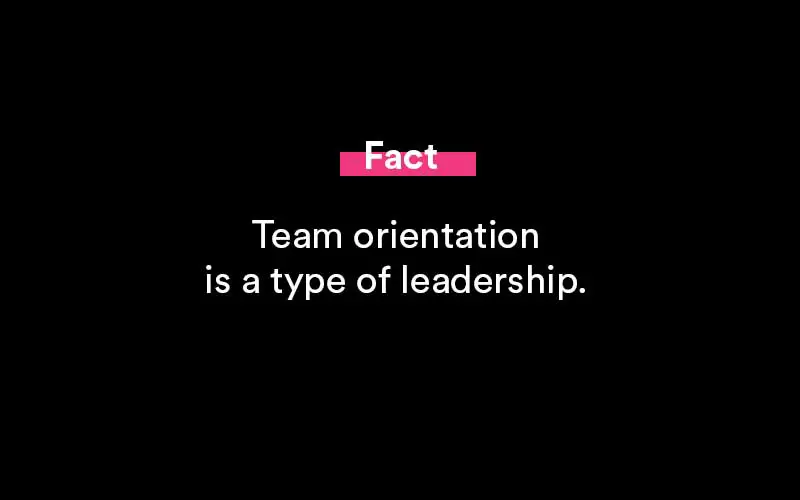
What does team orientation mean?
In a professional context, team orientation refers to the collaboration and teamwork that an organization can develop by emphasizing group effort above individual job accomplishment.
Team-oriented leaders are concerned with the individual's objectives, well-being, and motivations. Managers in these workplaces push employees to complete assigned duties and collaborate effectively with others. Employees carry out their responsibilities in this type of organization, and management places a premium on human capital, teamwork, and communication.
Benefits of a team-oriented work culture
Benefits of a team-oriented workplace include the following:
- Improved morale: Managers are frequently more approachable in a team-oriented workplace, which benefits employee morale by allowing employees to seek solutions to issues readily.
- Care: Employees who believe their bosses care about them are more inclined to communicate their ideas and offer helpful information to supervisors.
- Engagement: Employees are frequently more engaged in their roles in a team-oriented atmosphere because they believe their opinion is valuable to the business.
Employees frequently do more work as a result of higher engagement.
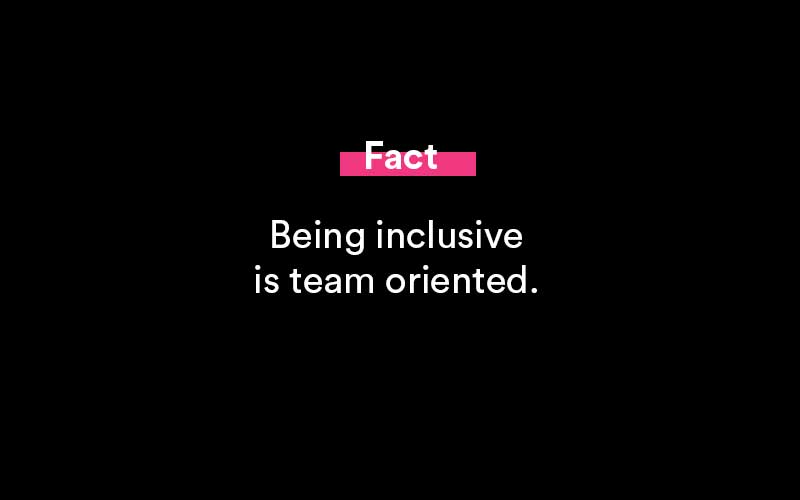
What contributes to team orientation?
The following are some strategies for increasing team orientation within your organization:
Diversity
Typically, team-oriented companies promote diversity. A varied work environment enriches a team with various abilities, skills, and perspectives and can foster adaptability and inventive thinking. When employees become aware of the attitudes that contribute to team activities, they can acquire a greater appreciation for the importance of diverse perspectives, which can aid a team in developing new solutions to issues or new ideas.
Openness
By encouraging open communication, team members can express their thoughts and concerns, which can help them feel more at ease and appreciated. Suppose management is available to address issues with their employees and offers mediation or coaching in the event of a disagreement. In that case, employees are more likely to feel valued for their efforts.
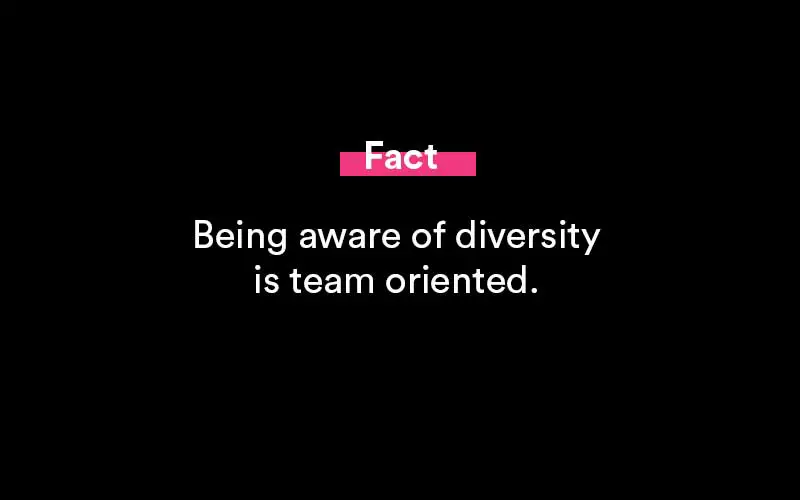
Team projects
By establishing a sense of shared purpose among employees, team initiatives can positively affect the work environment. When managers allocate assignments based on the capabilities and skills of each team member, teams accomplish projects more effectively. Collaboration teaches employees how each team member contributes to the team's success. A team earns and shares successes regardless of its members' individual contributions or skill levels, which contributes to the development of a good culture.
Team-building
Team-building exercises teach employees the value of collaboration. An organization might propose activities such as focused communication training, collaborative skills coaching, retreats, or special events to encourage cooperation. Certain workshops incorporate trust-building activities and educate employees on how to communicate honestly and directly with team members to accomplish shared goals.
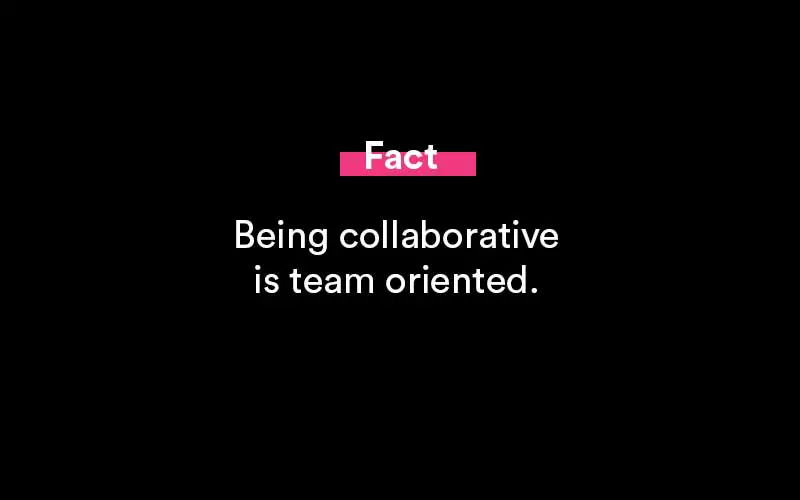
Knowledge sharing
By actively allowing team members to assist one another, encouraging employees to share their knowledge enhances team spirit. Individual team members can be specialists in various fields; therefore, if each member knows who to contact when they want assistance with a particular issue, a team can more readily complete tasks. Additionally, knowledge sharing enables a company to build capabilities and strengthen its competitive position.
Active-listening
Active listening, which generally entails listening to what other employees say and responding with pertinent questions, enables team members to develop connections and do tasks without delay or error.
Positive attitudes
Organizations can take efforts to establish an environment in which workers look forward to going to work each day.
Several actions can be taken to assist employees in maintaining a happy attitude:
- Allow staff to take breaks to assist with stress reduction.
- Assign clear objectives to team members.
- Facilitate communication by organizing group conversations.
- Celebrate the birthdays of your workers.
- Congratulate staff on specific accomplishments.
Professionalism
Respect and professionalism are essential in a collaborative environment. Employees frequently value a company's professionalism and consistency. When employees clearly understand their responsibilities and are confident in their company's ability to resolve issues correctly, they might feel more at ease and calm.
How to contribute
Here are some suggestions to help you create a team-oriented work environment:
Communicate clearly
If you want to promote a team-oriented work atmosphere, communicate your company's goal and vision clearly and inform each team member of their role. This demonstrates concretely how each group member can grow in the same direction. It is critical to establish objectives and develop strategies for your business, but even more crucial, each team member should understand how the accomplishment of those goals can affect them personally.
Maintain equality
Maintaining a fair system is critical in a collaborative environment. By listening to your colleagues and winning their respect, you can create team orientation. Create an environment where you actively listen to and evaluate each team member's comments. Equal opportunity enables an employee's viewpoints and abilities to flourish inside an organization and contribute to the total effort of a team.
Reward good teamwork
Organizations that value cooperation frequently recognizes and reward it. To do so, you can create a list of traits that define effective team members, such as the following:
- Communication that is open.
- Accountability for malfunctions.
- Capacity to elicit input from others throughout decision-making processes.
- Capacity to consider the viewpoints of others.
These qualities can be used to determine if an individual is deserving of attention, award, or advancement. You can post these things in a prominent location, such as a break room bulletin board or employee handbook, to ensure that all employees are aware of enhancing their cooperation skills.
Use formal and informal feedback
In a team-oriented workplace, leaders should provide their team members with a combination of formal and informal feedback. Informal feedback demonstrates to team members that their leaders are also team members and committed to its success. In contrast, formal feedback might include specific and direct instructions for projects or other responsibilities. This combination enables employees to feel at ease and content while yet being professional and productive. Provide informal comments consistently, such as once a week or once every other week, and do formal evaluations once a quarter, twice a year, or once a year.
Have diversity training
Diversity training teaches individuals that everyone comes from a unique background and that those differences are advantageous. Diverse viewpoints can enhance the creative process and foster a sense of belonging for all team members. If you are a team leader or manager, you might hold open talks to encourage people to express their views. Additionally, you might contact corporate decision-makers about developing a company-wide diversity training program.
Demonstrate loyalty
As a team leader, you can demonstrate loyalty by talking openly, offering assistance, and encouraging the work of each team member. This enables people to feel secure in their job and accept the possibility of making errors on occasion.
Be collaborative
Businesses might substitute cooperation and innovation for individuality to foster a successful team atmosphere. As a leader, you can establish boundaries, but you should allow your team to be creative within those limitations. This approach promotes employee ownership and involvement while also enjoying their work.
Be proactive
Team-oriented executives frequently tackle challenges proactively. Consider identifying areas for improvement and soliciting feedback from your team members. Then, take the required steps to improve the workplace and employee experience before encountering difficulties.
Common questions
Common questions on being a team player, goal setting, and team-oriented business culture.
How do you become team-oriented?
Here's how to become more team-oriented:
- Offer assistance.
- Take an active role in listening.
- Construct communication.
- Others must be respected.
- Assume the role of a problem solver.
- Celebrate your teammates' accomplishments.
What is a team-oriented leadership style?
The characteristics of team players include:
- A desire to reach an agreement and engage others in decision-making.
- An open and honest communication style.
- Concern for fellow team members.
- Accountability for difficulties.
- An attempt to comprehend other points of view.
What are the characteristics of team-oriented cultures?
Here are the general characteristics of team-oriented business culture:
- Knowledge.
- Professionalism.
- A Positive Attitude.
- Active Listening.
- Taking the initiative.
- Face to face communication.
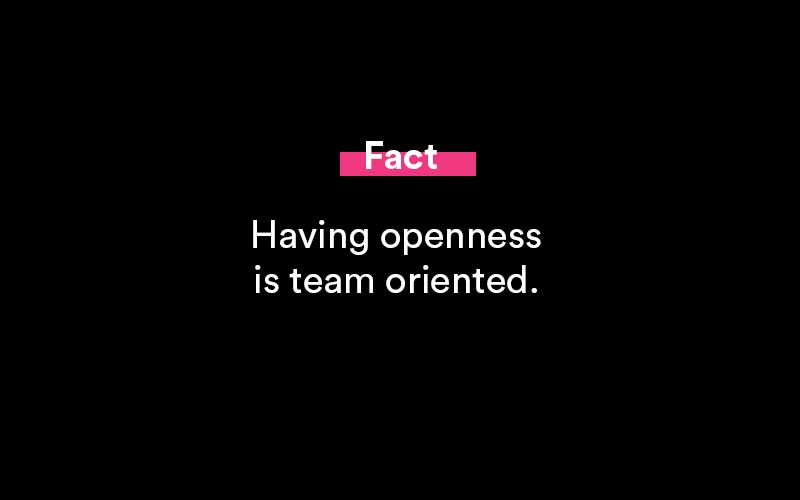
Popular Resources

Featured
35+ Phone Interview Questions & Best Sample Answers
Phone interviews have become a core part of the process when attempting to find a secured placement for an open position. Companies receive massive responses from potential candidates for any..

Featured
12+ Best Questions To Ask A Recruiter
Concerning a job search, you might receive numerous offers from your recruiters. Before you choose one, you need to assess all the conditions, for which it is vital that you know everything associated with the offered position..

Featured
Answering "What Makes You Unique" In A Job Interview
Answering this question during a job interview requires more than knowing why you are unique as an individual. Yes, the true scientific answer is made up of two main components: your..

Featured
250+ Ice Breaker Questions for Life
An ice breaker question is a question that’s asked from one person to another person in order to act as a conversation starter. It brings a connection...

Featured
10 Best Answers to "What Motivates You?"
Open-ended questions like “What motivates you?” can elicit a deer-in-the-headlights reaction from job candidates if they are unprepared. It’s a broad question and can leave the interviewer..

Featured
Answering "How Did You Hear About This Position" In An Interview
A lot of interviewers ask this question - how did you hear about this position? This way they can judge you if you are a passive or an active job seeker..

Featured
8 Best Thank You Emails After an Interview (Samples, Free Templates)
Writing a thank you note after an interview says a lot about you as a potential employee. Most notably, it says that you care about the opportunities presented..

Featured
Writing a Resignation Letter (How To Write It, Samples)
Writing the perfect letter of resignation is more of an art than it is a science. And we’re going to cover how to master that art form in this full guide..

Featured
How to End a Letter (Example Salutations, Sign Off's)
Knowing how to end a business note or email is an important skill to develop. It helps portray a sense of confidence, respect and tone to your message..
